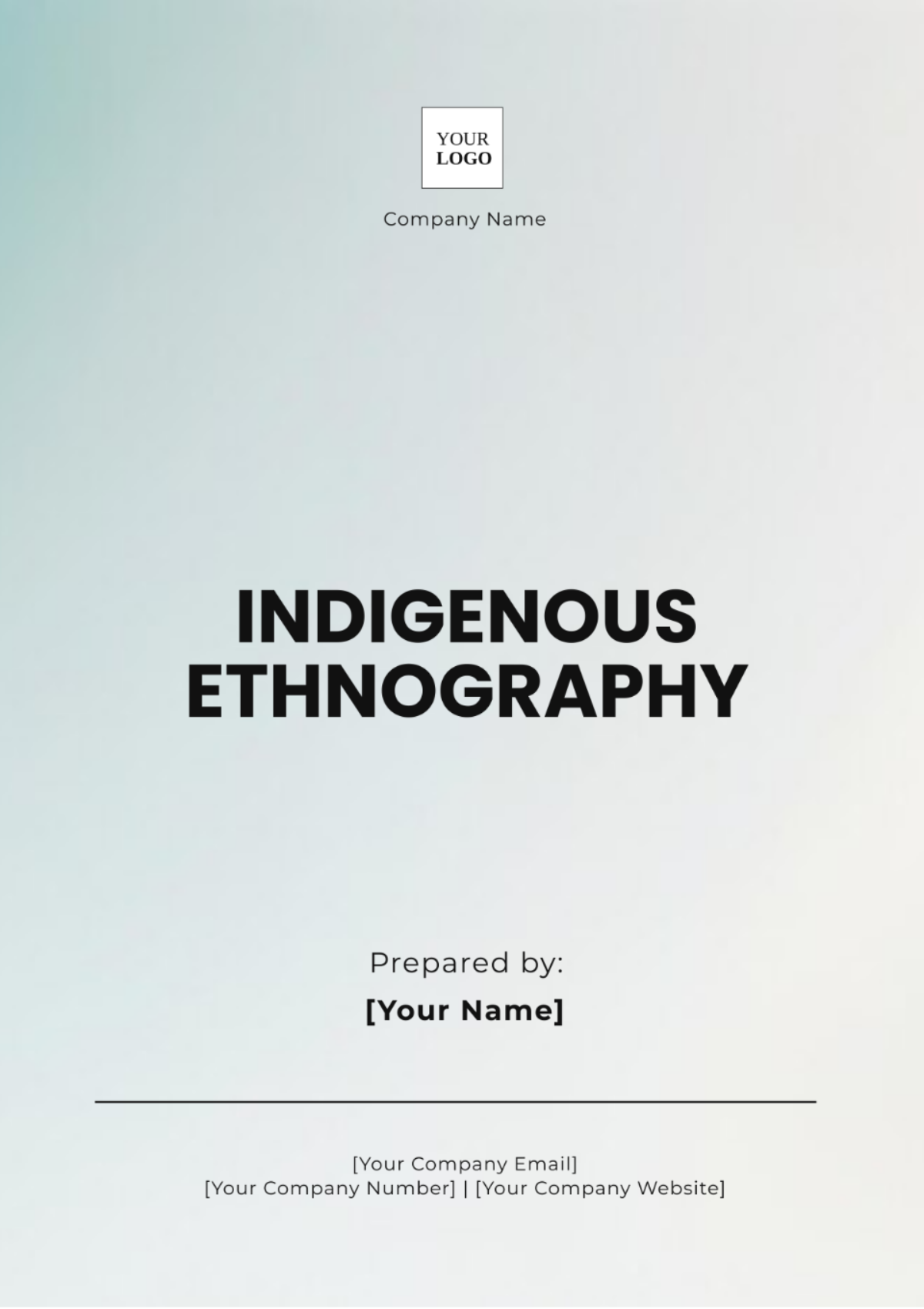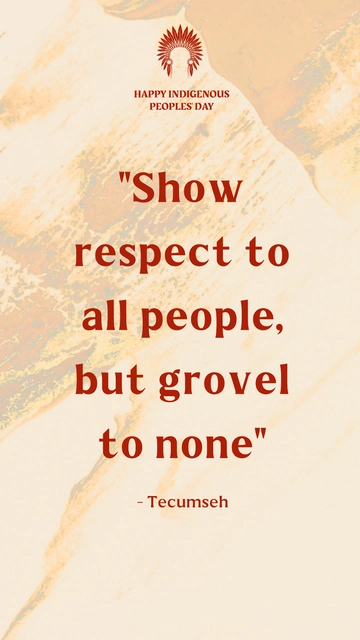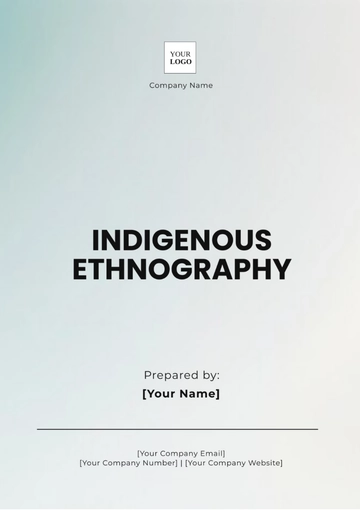Indigenous Ethnography
Written By: [Your Name]
Title: The Social Structure and Cultural Practices of the Xalanti People
I. Introduction
The Xalanti people, indigenous to the lush coastal regions of Central America, embody a rich tapestry of cultural traditions and social structures intricately linked to their environment. This ethnographic study delves into the Xalanti’s social organization, cultural rituals, and their profound relationship with the natural world.
II. Methodology
The research was conducted over 12 months, employing participant observation, in-depth interviews, and a review of historical records. Immersion in the Xalanti community involved living alongside its members, participating in daily activities, and attending significant cultural events to gain a nuanced understanding of their way of life.
III. Social Structure
The Xalanti society is organized into extended family units, known as clans, each led by a respected chief. Leadership roles within the clans are hereditary, passed through maternal lineage, emphasizing the matrilineal nature of their society. The chief is pivotal in maintaining social harmony and overseeing communal responsibilities.
IV. Family and Kinship
Family life is central to Xalanti culture. Extended families often reside together or in close-knit communities. Kinship ties are foundational, with a strong emphasis on respect for elders, who play crucial roles as advisors and cultural custodians. The matrilineal system influences inheritance and social status, reinforcing the significance of maternal lineage.
V. Economic Activities
The Xalanti economy is a blend of subsistence agriculture, fishing, and hunting. Primary crops include maize, beans, and squash, cultivated using traditional techniques that emphasize sustainability. Fishing in the coastal waters and hunting in the nearby forests complement agricultural efforts. Trade with neighboring groups supplements their economy, particularly for items not produced locally.
VI. Cultural Practices
A. Rituals and Ceremonies
Harvest Festival: This major annual event marks the culmination of the agricultural cycle. It involves offerings to earth deities, vibrant traditional dances, and a communal feast that reinforces social bonds and cultural identity.
Coming of Age Ceremony: This rite of passage is a significant event for transitioning youth into adulthood. It includes a series of physical and spiritual tests, guided by elders, designed to prepare individuals for adult responsibilities and leadership roles.
B. Art and Craftsmanship
The Xalanti are renowned for their elaborate beadwork and pottery. Their beadwork, featuring intricate patterns and vibrant colors, often represents clan symbols and mythological stories. Pottery, similarly decorated, serves both practical and ceremonial purposes, reflecting their aesthetic values and cultural narratives.
VII. Religion and Beliefs
The Xalanti practice animism, attributing spiritual significance to natural elements such as rivers, mountains, and animals. Their belief system includes a pantheon of deities associated with natural forces and aspects of daily life. Shamans or spiritual leaders play a crucial role in mediating between the human and spiritual worlds, performing rituals to seek guidance and ensure harmony.
VIII. Relationship with the Environment
The Xalanti’s connection to their environment is profound and holistic. They employ sustainable agricultural practices, such as shifting cultivation, to preserve soil fertility and biodiversity. Their traditional ecological knowledge passed down through generations, informs their practices and underscores their role as stewards of their natural surroundings.
IX. Conclusion
The Xalanti people exemplify a dynamic and resilient culture, where social structures, economic practices, and spiritual beliefs are deeply intertwined with their environment. This study highlights their adaptive strategies and cultural richness, offering valuable insights into the interplay between tradition and environmental stewardship in Indigenous societies.
Ethnography Templates @ Template.net















